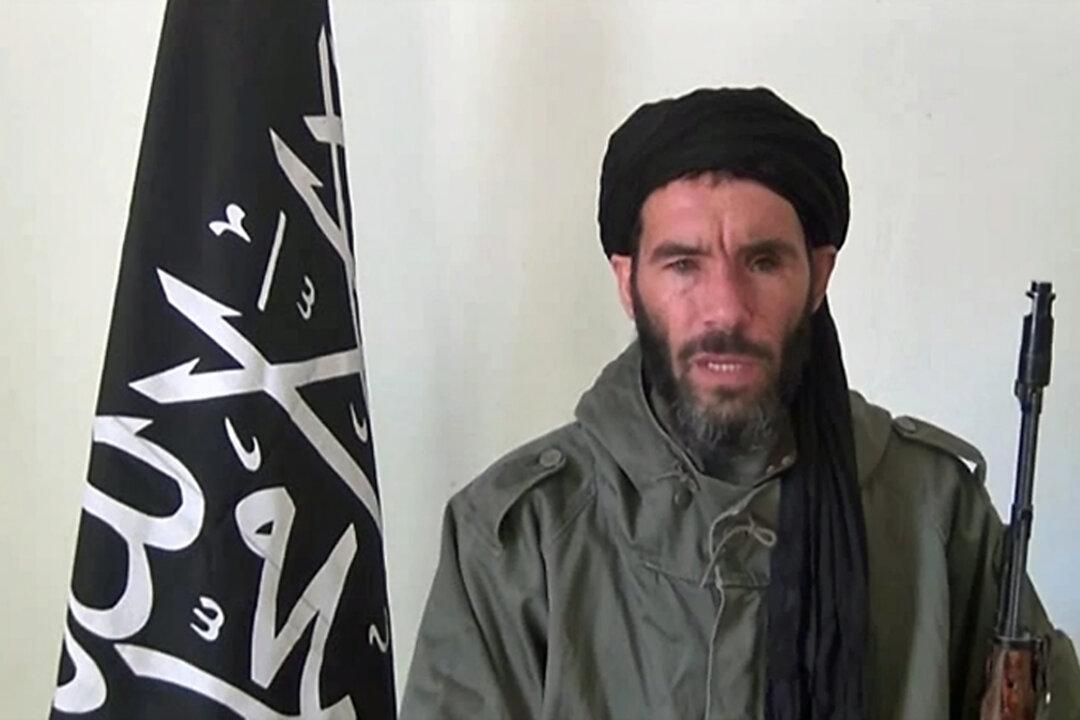The Syrian crisis and, before it, the Arab uprisings in Tunisia, Libya, Egypt, Yemen, and Bahrain have exposed fault lines not only within the region, but between regional countries and the United States. An understanding of the fractures within the region has benefited from the extensive and largely astute analysis of a range of scholars, who point to sectarian splits along one axis and the divide between conservatives and radicals along another. The fault line between Washington and the regional capitals is harder to assess.
Before the outbreak of the uprisings, the Obama administration unveiled its intention to pivot to Asia. The rationale was underpinned by the increasing weight of U.S. trade and security interests along the Pacific rim and, in particular, the emergence of China as a major regional power and potential military rival of the United States. Although the practical implications of the pivot were few and ill defined, apart from a relatively small shift of naval assets to Pacific waters and a reduction in the U.S. carrier presence in the Persian Gulf from 2.0 to 1.1, the administration’s declaration struck a nerve in Europe and the Middle East.
The U.S. treaty commitment to Western Europe had played an important if tacit role in European unification. The increasingly fractious behavior of Russia, which culminated in the annexation of Crimea and instigation of rebel activity in Ukraine, spurred anxieties that renewed European interest in NATO and, consequently, concerns about U.S. reliability amid talk of a pivot. In the Middle East, where ambivalence about the United States is strong but reliance on Washington as a strategic balancer still prevails, particularly in the Persian Gulf region, the pivot engendered serious unease.
Washington soon abandoned the pivot phrase in favor of vaguer terms, such as rebalancing. But the perceptions of U.S. retrenchment and abandonment proved difficult to dislodge. The U.S. response to the wrenching changes in the Middle East that began in late 2010 tended to reinforce these chilling views in different and occasionally contradictory ways.
Washington’s insistence on the strict electoral integrity of Egypt’s democratic transition, for example, was seen by anxious allies in the Gulf as abandoning the field to the Muslim Brotherhood in part to facilitate America’s withdrawal from the region. The Obama administration’s reluctance to intervene militarily in the Syrian civil war intensified these concerns.
In regional capitals, the U.S. search for negotiated limits on Iran’s nuclear program combined with its unwillingness to depose Tehran’s ally in Damascus seemed to validate perceptions of American retrenchment.
The U.S. response to the rapid advances made by ISIS in Iraq and Syria has, for the moment, mitigated skepticism about Washington’s intentions vis-à-vis the Middle East. Should U.S. intervention be ratcheted back, particularly to avoid direct conflict with the Assad regime, underlying issues of confidence will likely resurface.
How these traditional—and in some ways newly confident—partners of the United States respond in this scenario is an open question.
Continue reading this article at the Middle East Institute. Republished with permission from the Middle East Institute.
Steven Simon is a Senior Fellow at The Middle East Institute. He previously served as senior director for Middle Eastern and North African affairs at the White House from 2011 through 2012. He applied his extensive expertise on national security and terrorism as executive director of the International Institute for Strategic Studies (IISS-US) and corresponding director of IISS-Middle East. He was also previously a Hasib J. Sabbagh senior fellow in Middle Eastern Studies at the Council on Foreign Relations and an adjunct professor of security studies at Georgetown University.




